You are here
- Home
- Celebrating 100 years of Learning Disability Nursing in the United Kingdom
Celebrating 100 years of Learning Disability Nursing in the United Kingdom
To celebrate 100 years of Learning Disability Nursing in the United Kingdom we (Social History of Learning Disability (SHLD) and Learning Disability Nursing team at the Open University) are collating your pictures and memories of Learning Disability Nurses and Learning Disability Nursing.
The pictures and memories are about nurses who have supported the person or their family member, they could be pictures and memories about friends or families, or even be about themselves if they are a learning disability nurse.
The 100 pictures and memories will be shown on the Social History of Learning Disability (SHLD) website /health-and-social-care/research/shld/RNLD100 for five years.
To share your pictures and memories, please download the information letter and the consent form below:
Time Line collection:
1900's
Memories from the Royal Albert Hospital, Lancaster (Extract courtesy of Nigel Ingham www.lancslearningdisabilityinstitutions.org.uk )
These are from former nursing staff at the Royal Albert Hospital. Lancaster, a large long-stay institution for people with learning difficulties. Founded in 1870, it served the Northern Counties of England. The Royal Albert closed in 1996, with its main building becoming the site of an Islamic College for girls and young women.
1920's
The life of a young nurse in the 1920s (Memories from the Royal Albert Hospital, Lancaster (Extract courtesy of Nigel Ingham www.lancslearningdisabilityinstitutions.org.uk ))
“A typical day…”
In the era before domestic staff, Mrs Elizabeth Bebbington was a young nurse on Rodgett Infirmary in the late 1920s. Separate from the main building, with its own matron, this was where patients came who were sick. Here are edited versions of her written memories:
A typical day went like this: at the Rodgett Infrmary nurses called by Night Nurse at 6.30 a.m. On duty and at breakfast table at 7 a.m. prompt. Breakfast could consist of kippers, an egg or bacon with bread. Patients breakfasts then ward work started with changing beds, getting up any patients allowed up, dusting furniture, mopping floors, making beds so that all sheets were in a straight line when seen from the door, pillowcases ends turned away from the door, all casters turned in. Flowers were brought in and clean hot water in the jug and clean towels for the doctors to wash their hands. Each nurse on duty got an hour off during the day to change aprons and tidy rooms. The Assistant Matron went through our drawers and wardrobes to make sure they were tidy. Afternoons were spent doing what was called extra work such as washing and polishing lockers, cleaning light bulbs, washing walls, carbolizing beds.
Four o’clock was nurses’ tea time (bread and jam and piece of cake) then five o’clock patients’ teas. The doctors did a round at 11 a.m. for patients’ inspection changing treatments etc. Then again at 6 p.m. after patients were in bed. We went off duty at 7 p.m. mostly tired out – no sitting down for us except at meal times. We could go out if we wanted after supper but Matron was always waiting for us to sign in at 9.50 p.m. Night nurses came on at 7 p.m. and patients were wakened at 5.30 a.m. to be washed and changed. The night nurses also cleaned out the fires and lit them again in cold weather. There was only one nurse on duty downstairs and one on the upper floor. Doctors could do midnight rounds at any time (we used to stick forks in the locks so they couldn’t get in without us knowing).
‘We took great pride in our corpses’
If anyone died in the night we had to inform Matron as soon as we could before death so that officially she was present at death and the exact time noted. Laying out was quite a performance… We took great pride in our corpses.
Then two male attendants came from the Main Building to carry them out on a stretcher to the mortuary. When we were young we used to play pranks on the men to scare them – sliding the corpses down to make them poke their feet into the men’s backs etc. They didn’t like this duty at all!!
I remember in 1929 a ‘flu epidemic’ when the mortuary was full of corpses even on the floor. It was a very bad epidemic but needless to say we weren’t expected to get it and even if we felt ill we had to battle on. Nurses hadn’t to be ill!! And no time off was allowed, we were too busy.
Mrs Elizabeth Bebbington
Nurse Parkinson (i.e. Mrs Bebbington), Senior Nurse outside the Rodgett Infirmary, Royal Albert Institution in 1929. (Courtesy of Maureen Gerrard)

Mrs Bebbington in the middle of a group of (laughing) Royal Albert nurses c. 1950 (Courtesy of Maureen Gerrard)
1930's
Year: 1932
Christmas on the Ward (Image courtesy of Jan Walmsley)
1940s
A first day at the Royal Albert in the 1940s (Memories from the Royal Albert Hospital, Lancaster (Extract courtesy of Nigel Ingham www.lancslearningdisabilityinstitutions.org.uk ))
“I’m going to get a wage.”
Mrs Creed had a long and successful nursing career at the Albert spanning the late 1940s to the 1990s. In her twenties, and needing employment to help support a young family, she arrived for her first day.
“It never entered my head I couldn’t do it, I wouldn’t do it. All I thought was, it’s near and I’m going to get a wage…And so when I was walking up the very first - , I was frightened to death. I was absolutely petrified. I thought, ‘God what have I taken on.’ You know. Because in my youth it was an asylum. You know, you heard all sorts of terrible stories about these places.”
Mrs Creed in nurse’s uniform at the Royal Albert. (Courtesy of Mrs. Creed)
Mrs Creed’s retirement in December 1990, reported in two local newspapers.
1960s
Prudhoe and Monkton hospital recruitment image (Image courtesy of Jan Walmsley www.janwalmsleyassociates.com)
Bathing in the 1960s (Memories from the Royal Albert Hospital, Lancaster (Extract courtesy of Nigel Ingham www.lancslearningdisabilityinstitutions.org.uk ))
Malcolm Alston, eventually becoming a Charge Nurse, worked at the Royal Albert from 1964 to 1992. In this extract, recorded in 2005, he talks of his first days at the hospital with specific reference to bathing routines.
‘The working practices I just took on because I didn’t know anything differently. And I accepted it. But I mean certain stupid things like the bath water had to be 98 degrees. And I remember the, another chap who’d joined who obviously a lot of experience, he’d been in the war, he’d been in prison camps in Germany. And this Charge Nurse kept coming in with the temperature and taking the temperature of the water and pulling the plug out because it wasn’t just riight. And all of a sudden he just lost his temper and got hold of the Charge Nurse and said, ‘If you do that again I’ll throw you through the window.’ And I suddenly realised that, you know, authority wasn’t everything and common sense should come into play. And I mean nobody really enjoys a tepid bath at 98 degrees do they? But again it was the bathing rules. There was 12 bathing rules and one of them was that the water should be at 98 degress!
Can you remember the other ones, any of the other ones?
Put the cold in first. Staff should keep the bath keys, that’s the tap keys. Yeah… The tap keys because then the residents themselves couldn’t actually run the bath or they couldn’t go and put extra hot water in if it was cold… The taps didn’t have a top on and you carried - if it was your job to do the bathing you got the tap keys and you turned the taps on. But it was all ultra, ultra safety and very little personal dignity or, or whatever and - But because it was the norm you didn’t question it. Or at least I didn’t question it.’
Malcolm Alston in his office at the Royal Albert in the 1980s. (Courtesy of Malcolm Alston)
1970's
A day in the life of a young nurse in the 1970s (Memories from the Royal Albert Hospital, Lancaster (Extract courtesy of Nigel Ingham www.lancslearningdisabilityinstitutions.org.uk ))
“A pool of clothing…”
Tony Dennison, aged 17, started as a Cadet Nurse in 1973. His first ward was Rodgett Infirmary Upper at the Royal Albert.
“It was odd. Half the ward was like an infirmary ward. Half the people were recovering from operations – broken legs. The other half was a - mixture of people who had physical ailments, cerebral palsy, unable to feed themselves, Downs’ Syndrome, blind. And of course that was where most of the work had to be done. We came on in the mornings, everyone would be in bed still. People to wash, dress, get ready for breakfast. As Cadets we were 8.30 am – 5.00pm. There was beds to make. Laundry. Pyjamas to pair up. Socks to match. I didn’t come across anybody who had their own clothes. A pool of clothing with anyone’s guess if they fit, although some of the men had “Visiting Suits” which were theirs to be kept for when they had visits. Lunch arrived with people to be toileted. We tried to toilet train them, but it was a bit hit and miss. Most of them were incontinent… It was horrible. I knew from what I heard from my cousin that life was easier on some wards. I could see down the far end of Rodgett Infirmary that people had a far more interesting and varied easier life. I can think of things taking my breath away. Having to undo nappies and remove faeces. Clean them up. It just stunk. Horrible. I didn’t want to do it.”
Tony Dennison in 2006 (Courtesy of Nigel Ingham)
Year: 1972 to 1995
Being a Nurse at Princess Marina – Extracts from ‘A Modern Hospital’. https://www.centreforwelfarereform.org/news/a-modern-hosutional-past/00247.html (Resource shared by Jan Walmsley )
Discipline was strict, and privacy limited. Life in the hospital was “Like a great big family? The family was the people you worked with, socialised with, lived with. Nothing is more like a family that that, it could be incestuous.”, “ Nurses home was warden controlled, lights out by 11, you could not have a boyfriend to stay unless you paid to book a room.”, “ Quite a lot of people met their partners there, you had family quarters on site.”
1980s
Year: 1985
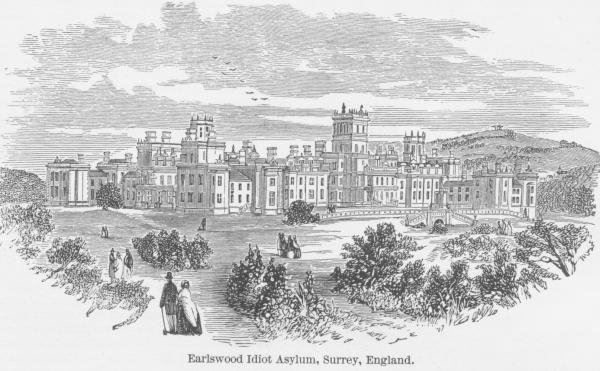
Jo Welch (University of Winchester)
“This is a postcard picture of the Royal Earlswood Hospital. I believe it to be a picture drawn by someone who resided here and was known as an ‘ idiot savant’. He was an incredibly clever and artistic gentleman who made models and drew pictures in and around the grounds. There is a bust of Andrew Reed that used to sit in the grand staircase in the entrance which was in the museum and may now have found its way to the Langdon Down Museum. It was on display in Redhill town centre for a number of years in a shopping centre along with a ship also built by the aforementioned gentleman”.
2010s
Year: 2013
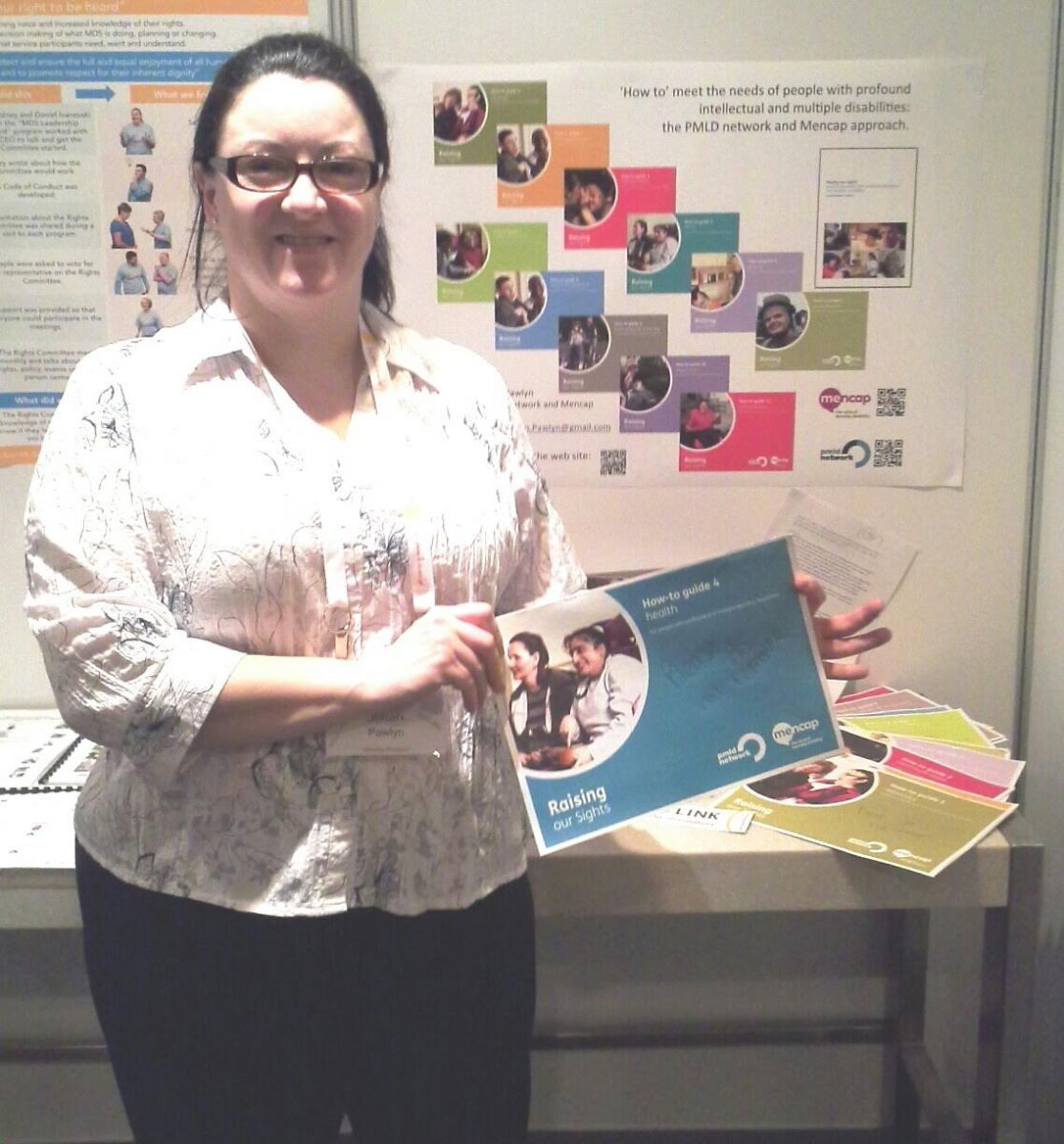
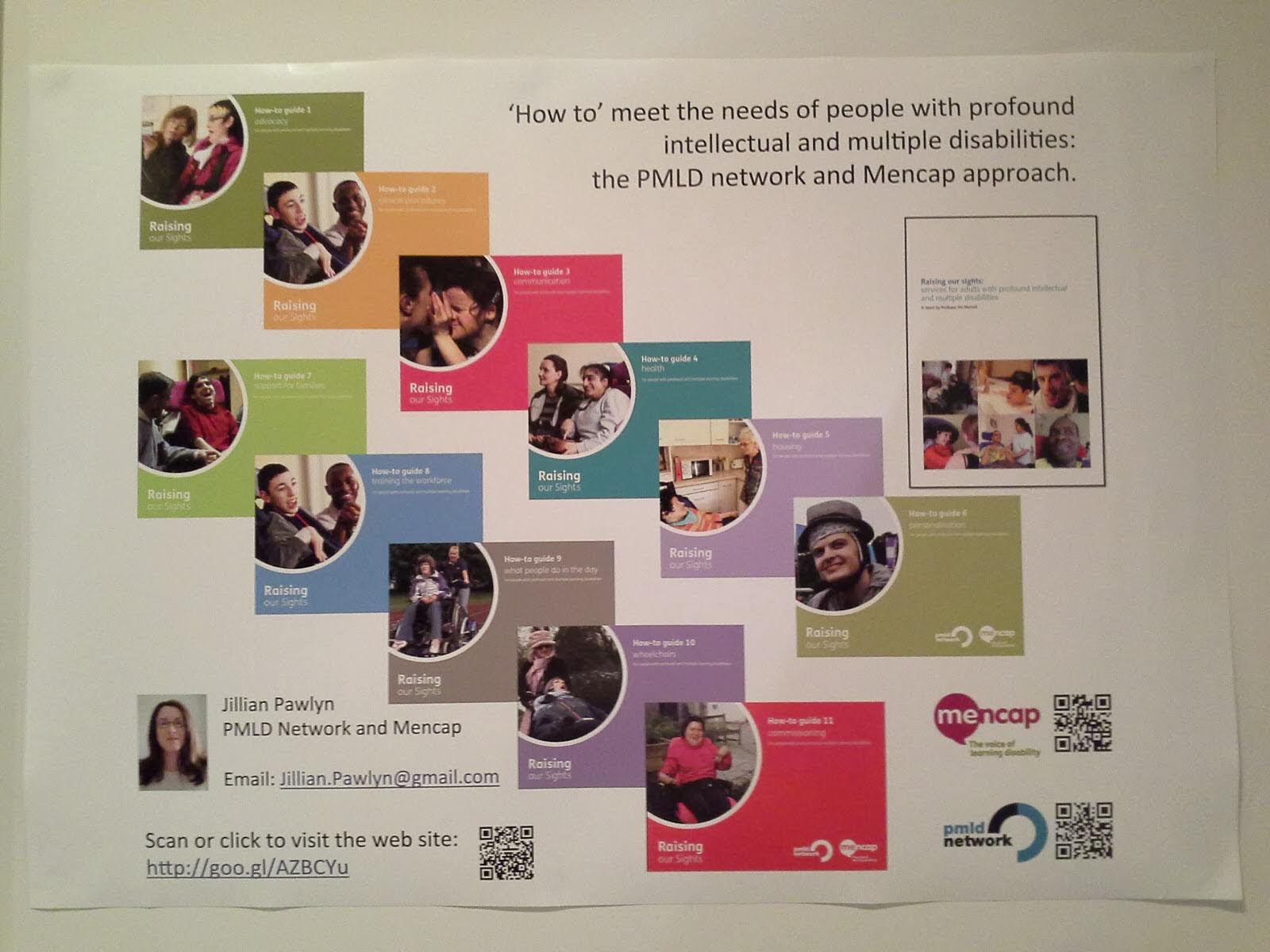
Jillian Pawlyn (PMLD Network and Mencap)
“ This is me presenting my poster of the Raising our Sights Guides at the Australasian Society for Intellectual Disability Conference Sydney, Australia. 2013., I was working in New Zeland and was sponsored through Mencap and the PMLD Network to attend the conference and present the RoS guides. It was a fantastic opportunity.”
Year: 2016
Paula Hopes (Swansea Bay UHB - Mental Health and Learning Disability DU)
“Photo of me at my graduation after completing my PGC-LTHE at Teesside university, one of my favourite photo’s that shows my journey nursing and education”
Year 2019
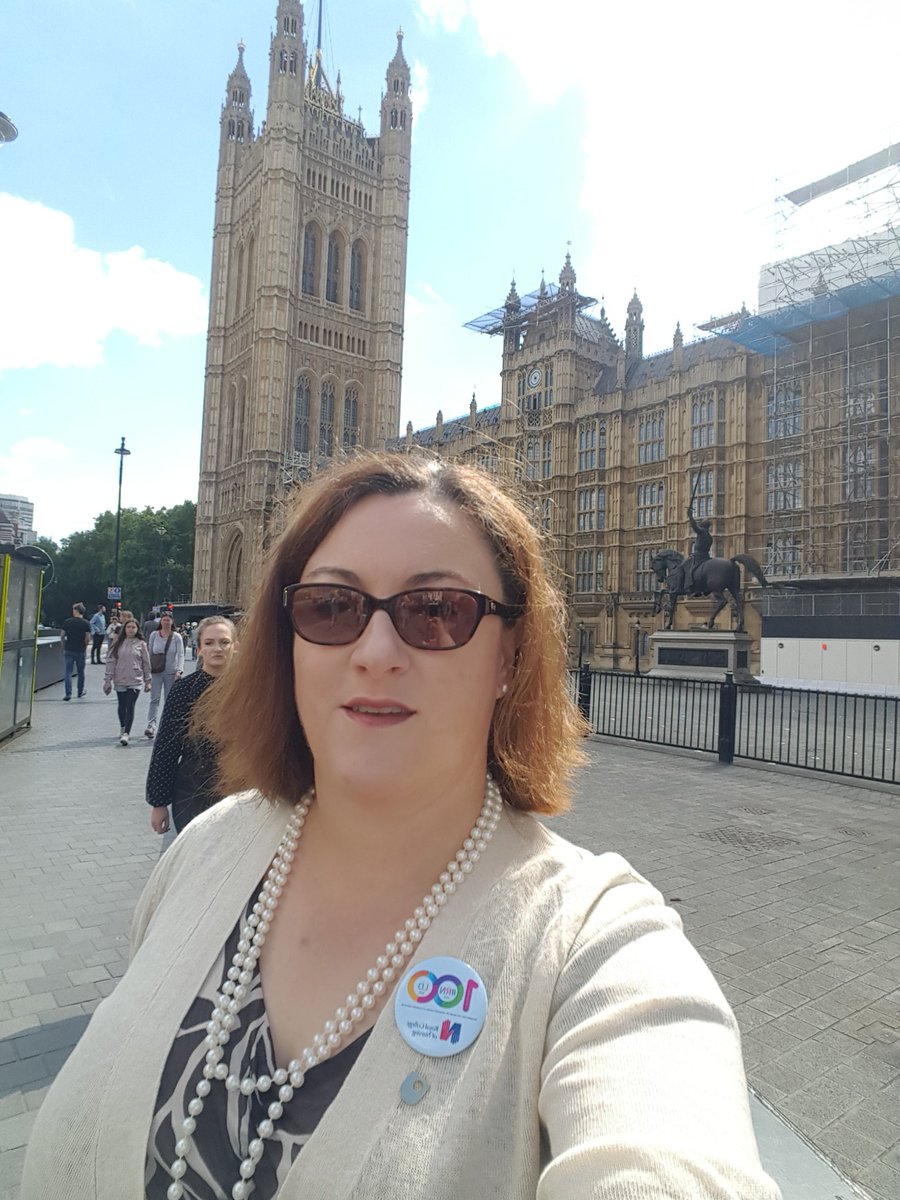
Jillian Pawlyn attending Baroness Hollins reception at the Palace of Westminster, June 2019.
“Mirror selfie at the Palace of Westminster”- Source tweet - https://twitter.com/JillianPawlyn/status/1142019343242412032
Year 2019

Jillian Pawlyn and Lloyd Page attending Baroness Hollins reception at the Palace of Westminster, June 2019.
“Great to catch up with @lloydpage2 #LDNursesDay19 @uk_beyondwords @UKParliament @PMLDlink@mencap_charity” – Source tweet - https://twitter.com/JillianPawlyn/status/1142054225985318912
Year: 2019

Year: 2019

Year: 2019

Contact us
About the Group
If you woud like to get in touch with the Social History of Learning Disability (SHLD) Research Group, please contact:
Liz Tilley
Chair of the Social History of Learning Disability (SHLD) Research Group
School of Health, Wellbeing and Social Care
Faculty of Wellbeing, Education and Language Studies
The Open University
Walton Hall
Milton Keynes
MK7 6AA
About the website
If you have any feedback or would like to report a problem with the website, please contact WELS-Research-Admin@open.ac.uk.
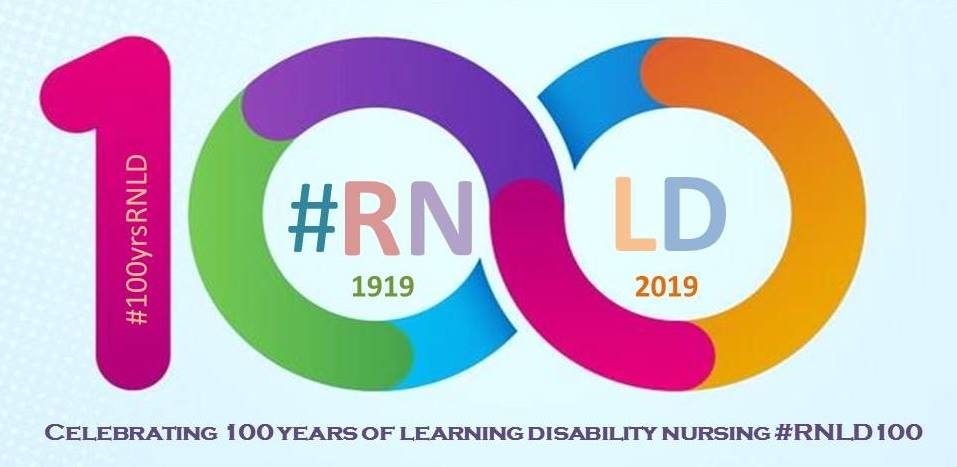

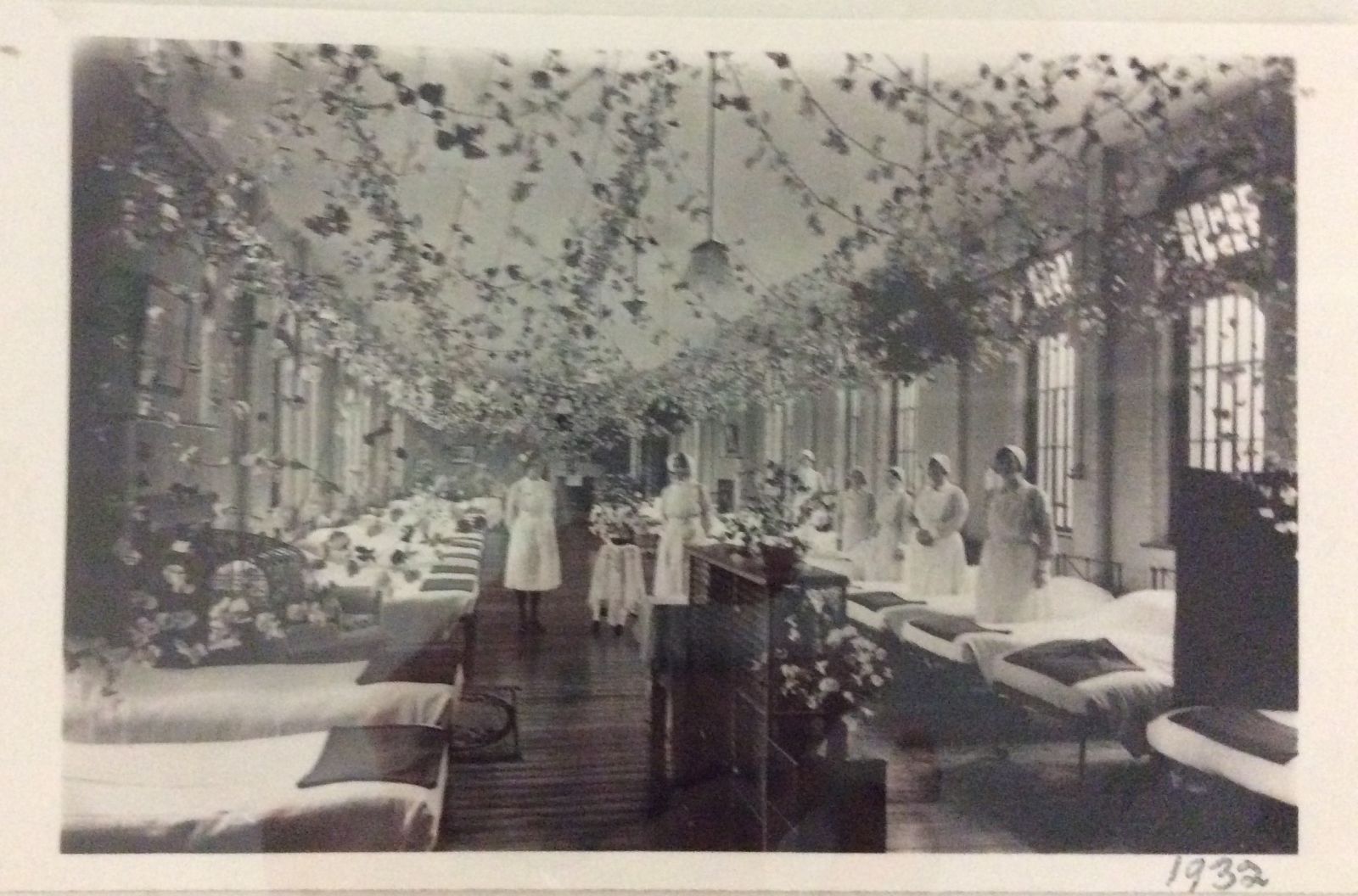

.jpg)
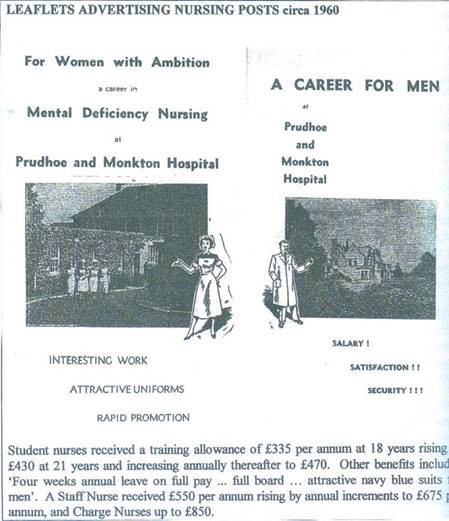

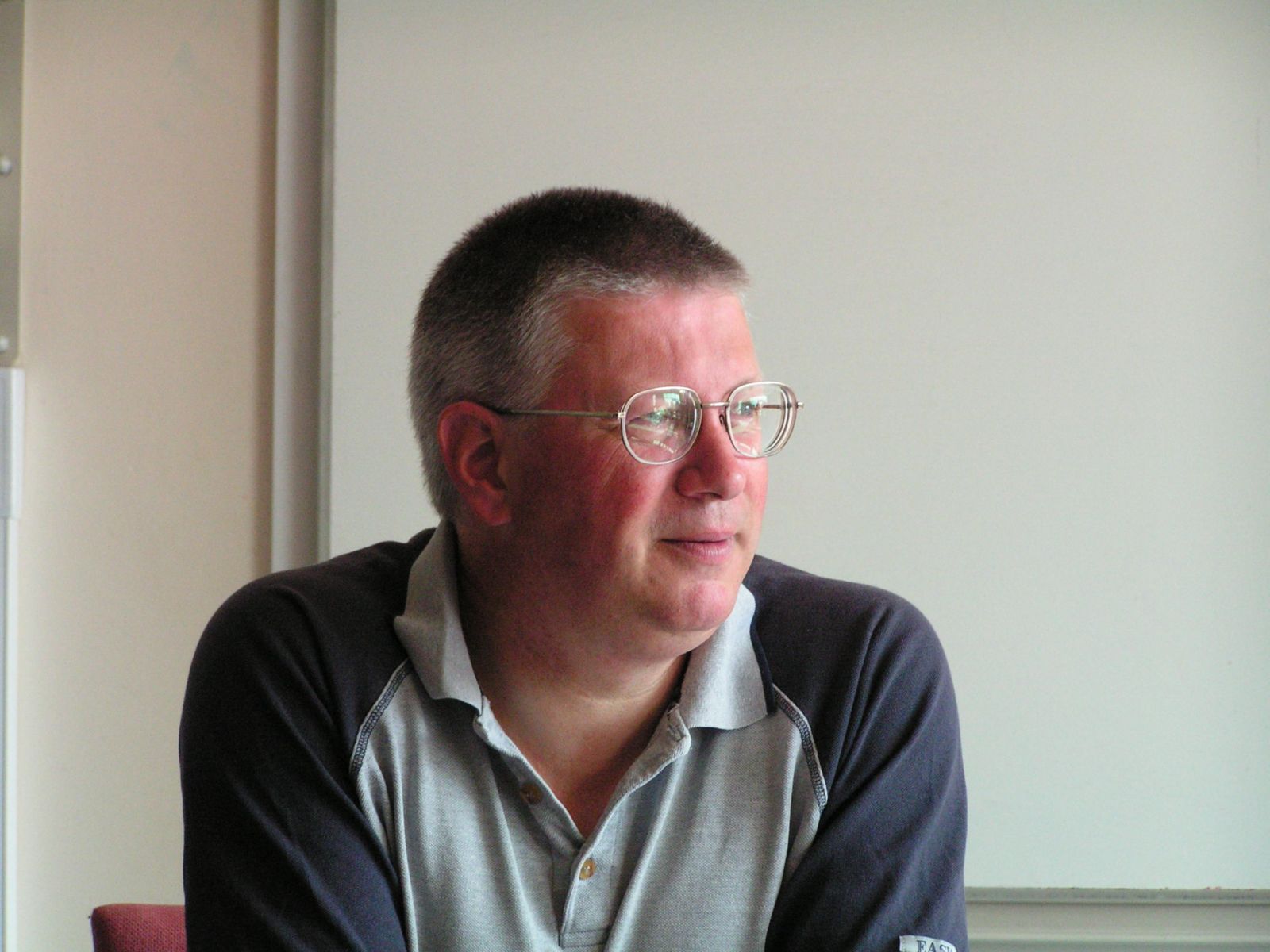
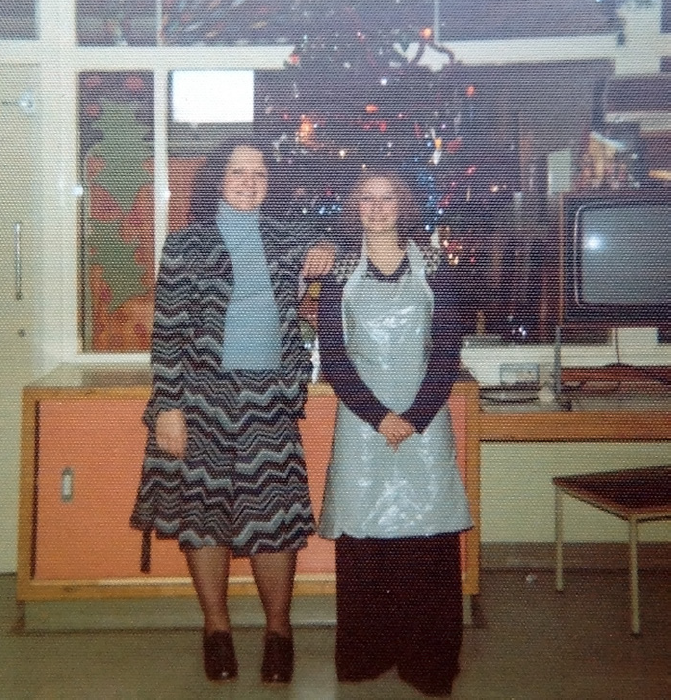
.JPG)